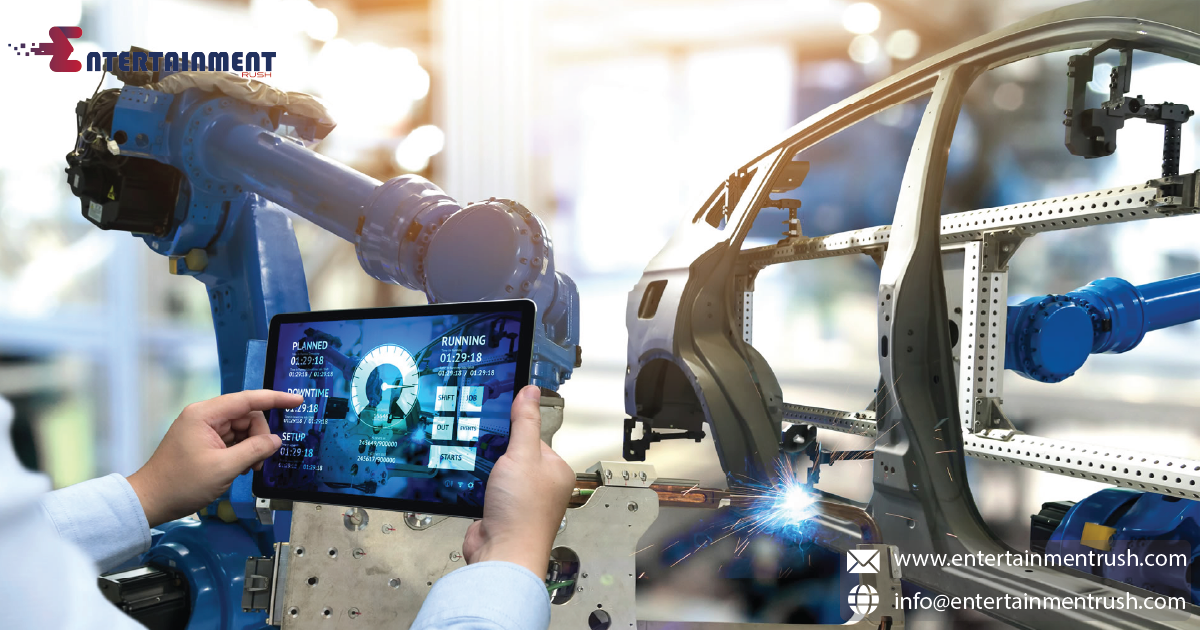The automotive industry is at a pivotal moment in its history, facing increasing pressure to adopt sustainable practices that minimize environmental impact throughout a vehicle’s lifecycle. A significant aspect of this sustainability journey lies in the design and manufacturing of automobiles, particularly with regards to recyclability and end-of-life considerations. As consumers and regulatory bodies demand greener solutions, automakers are rethinking traditional approaches, embracing innovative materials, and implementing circular economy principles to ensure that vehicles are not only efficient and safe but also environmentally responsible from cradle to grave.
Designing for Recyclability
The concept of recyclability begins at the drawing board. Automotive designers are now challenged not only to create aesthetically pleasing and functional vehicles but also to integrate materials and components that can be easily recovered and reused at the end of a vehicle’s life. This shift towards recyclable design necessitates a holistic approach that considers the entire vehicle ecosystem—from the chassis and body panels to the interior features and electronic systems. One key strategy is the use of mono-material designs, where components are made from a single type of material, simplifying the recycling process. For instance, thermoplastic polymers are increasingly used for interior trim pieces and under-the-hood components due to their ability to be melted down and reshaped into new products. Furthermore, advancements in composite materials are enabling lightweight yet durable parts that are both functional during a vehicle’s lifespan and easily recyclable at its end. Designing for recyclability also involves selecting materials with minimal environmental impact. Bio-based plastics derived from renewable sources, such as corn starch or sugarcane, are gaining popularity as alternatives to traditional petroleum-based plastics. These bio-based materials can be composted or recycled more efficiently, reducing reliance on finite fossil fuel resources and lowering carbon emissions associated with manufacturing.
Manufacturing for Sustainability
The manufacturing phase of automotive production is equally critical in ensuring recyclability and reducing waste. Sustainable manufacturing practices aim to optimize resource efficiency, minimize energy consumption, and reduce emissions while maintaining high-quality standards. Techniques such as 3D printing and additive manufacturing are transforming the production landscape by enabling on-demand manufacturing of complex parts with minimal material waste. adopting a circular economy model involves rethinking supply chains and fostering partnerships with suppliers committed to sustainable practices. Many automakers are collaborating with material suppliers to develop closed-loop recycling systems, where end-of-life materials are collected, processed, and reintroduced into new vehicle components. This closed-loop approach not only reduces waste but also conserves raw materials and reduces the overall environmental footprint of automotive manufacturing.
End-of-Life Considerations: Closing the Loop
The end-of-life stage of a vehicle’s lifecycle presents unique challenges and opportunities for sustainable practices. Traditionally, end-of-life vehicles (ELVs) have been dismantled, and valuable materials such as steel and aluminum are recovered for recycling. However, modern automobiles contain a complex array of materials, including plastics, composites, and electronics, which require specialized recycling techniques to extract and repurpose effectively. Automakers and recycling facilities are investing in advanced technologies to disassemble and recycle ELVs efficiently. Automated shredding and sorting systems can separate materials based on their properties, facilitating the recovery of high-value components like rare earth metals from electronic systems. Moreover, initiatives are underway to standardize the labeling and marking of vehicle components to aid in identification and sorting during the recycling process. Innovations in recycling technologies are expanding the range of materials that can be recovered from ELVs. For instance, pyrolysis and chemical recycling methods can break down plastics and rubber into their constituent molecules, which can then be used as feedstock for new materials or energy production. By embracing these advanced recycling technologies, the automotive industry is unlocking the potential to achieve near-zero waste from end-of-life vehicles, transforming what was once considered waste into valuable resources.
The Road Ahead: Challenges and Opportunities
Despite significant progress, challenges remain on the path towards fully sustainable automotive design and manufacturing. The adoption of recyclable materials often comes with trade-offs in terms of cost, performance, and availability. Automakers must navigate these trade-offs while meeting stringent safety and regulatory requirements to ensure that sustainable vehicles remain accessible and attractive to consumers. addressing the global nature of the automotive industry requires collaborative efforts across borders. Harmonizing recycling standards and promoting knowledge sharing among manufacturers, recyclers, and policymakers are essential steps toward establishing a circular economy for automotive materials on a global scale. automotive design and manufacturing are undergoing a profound transformation driven by the imperative to adopt sustainable practices. By prioritizing recyclability and end-of-life considerations, automakers are not only reducing their environmental impact but also paving the way for a more sustainable future for mobility. Through continued innovation, collaboration, and commitment to circular economy principles, the automotive industry is poised to lead the charge toward a cleaner, greener transportation ecosystem.




Leave feedback about this